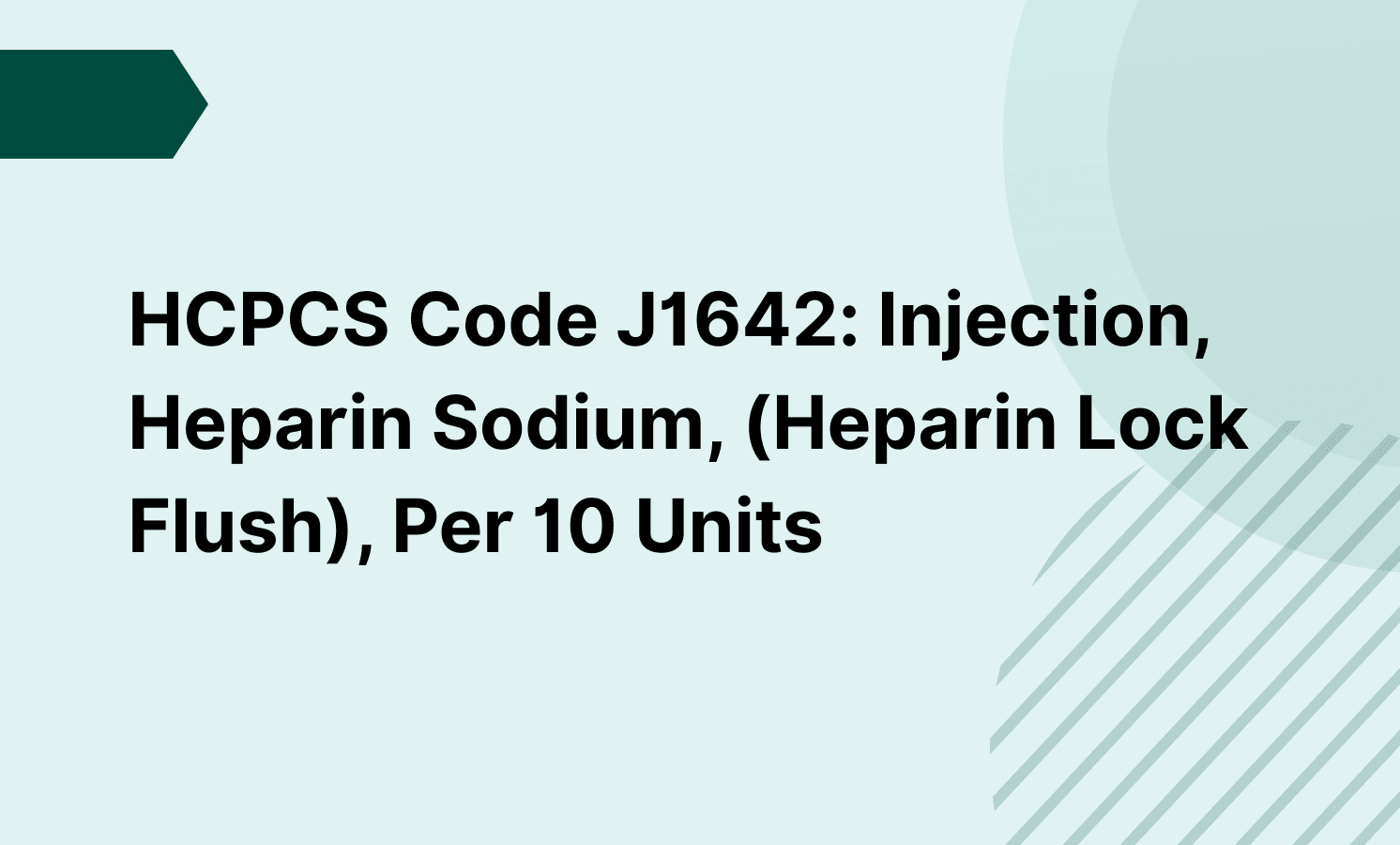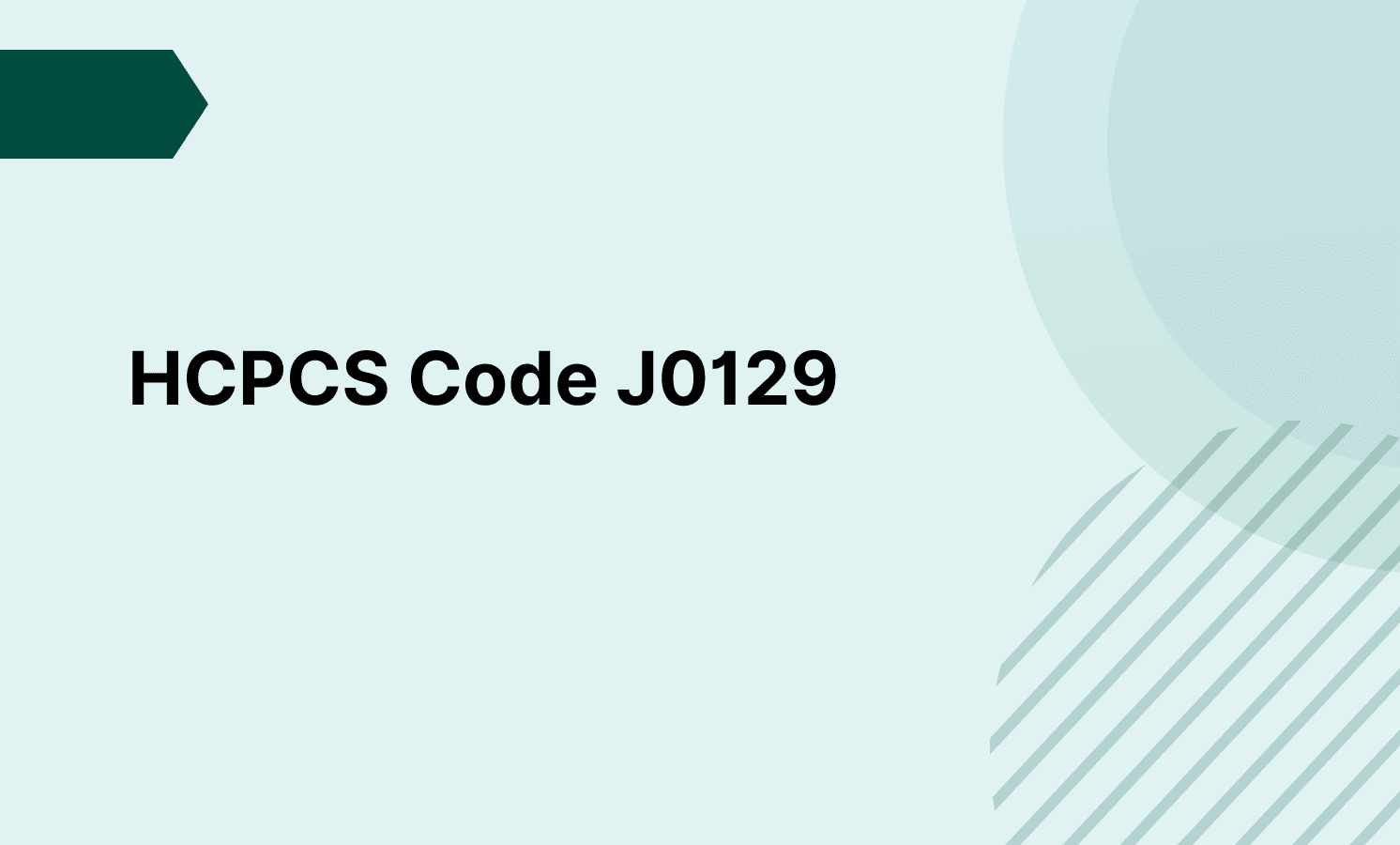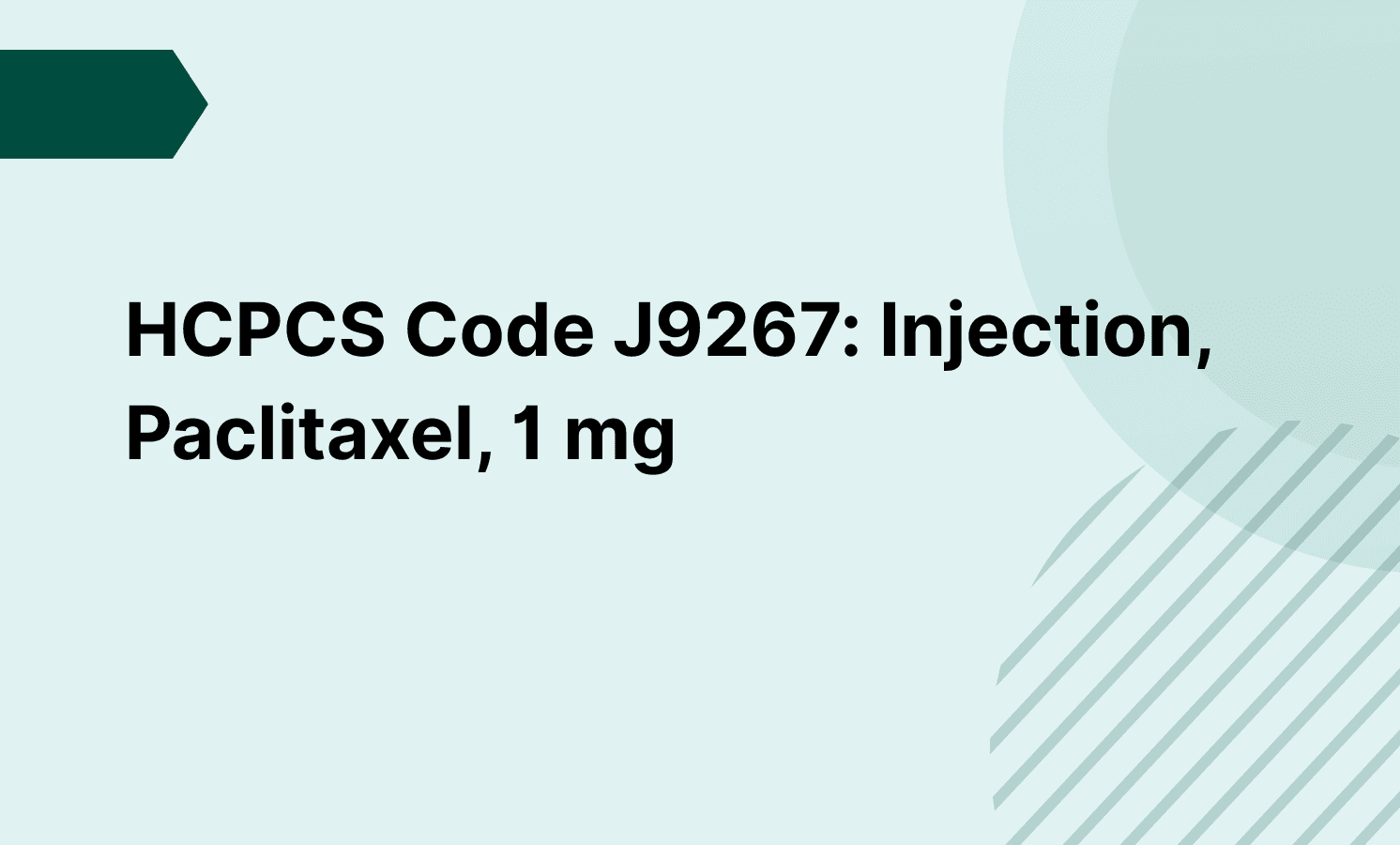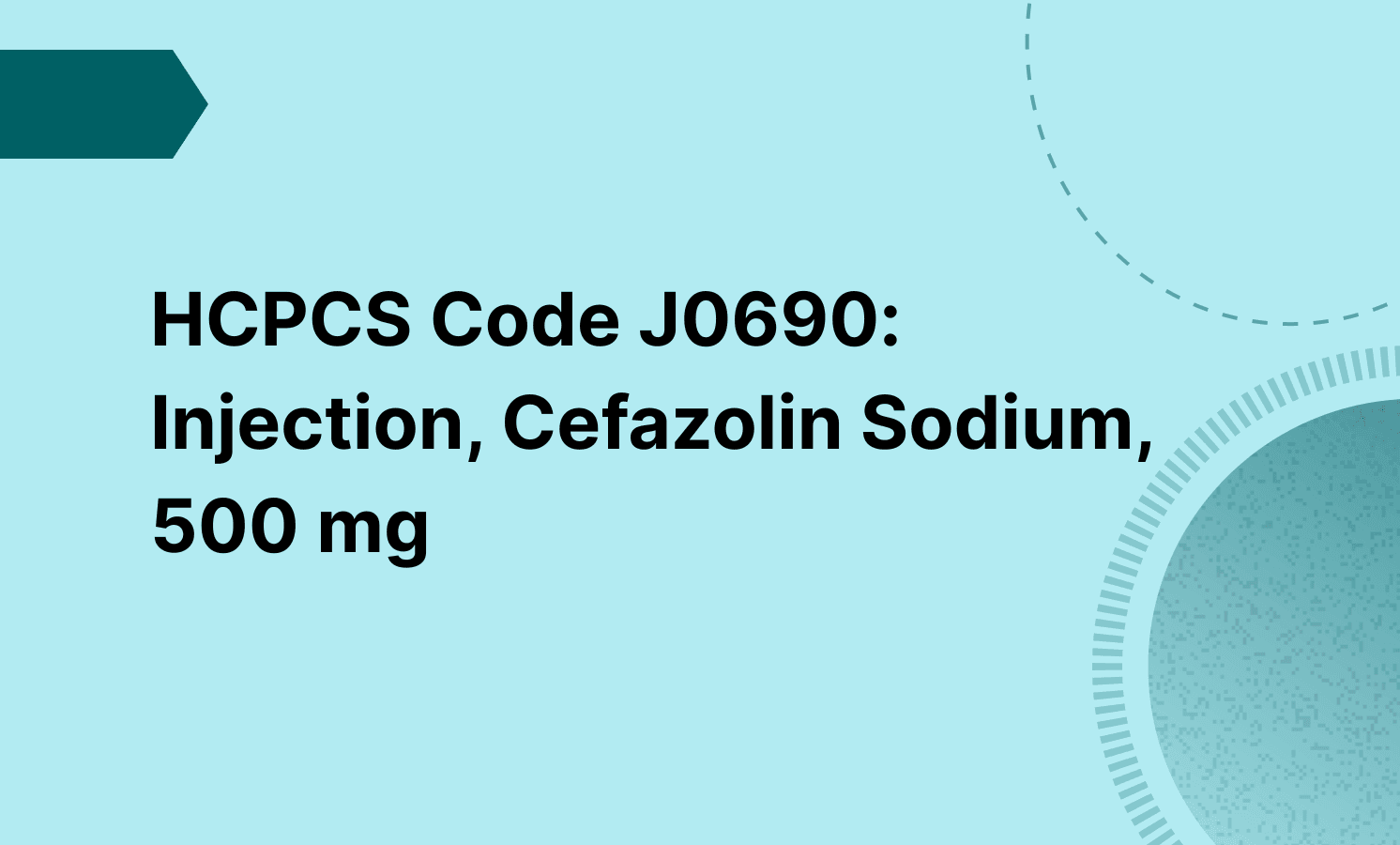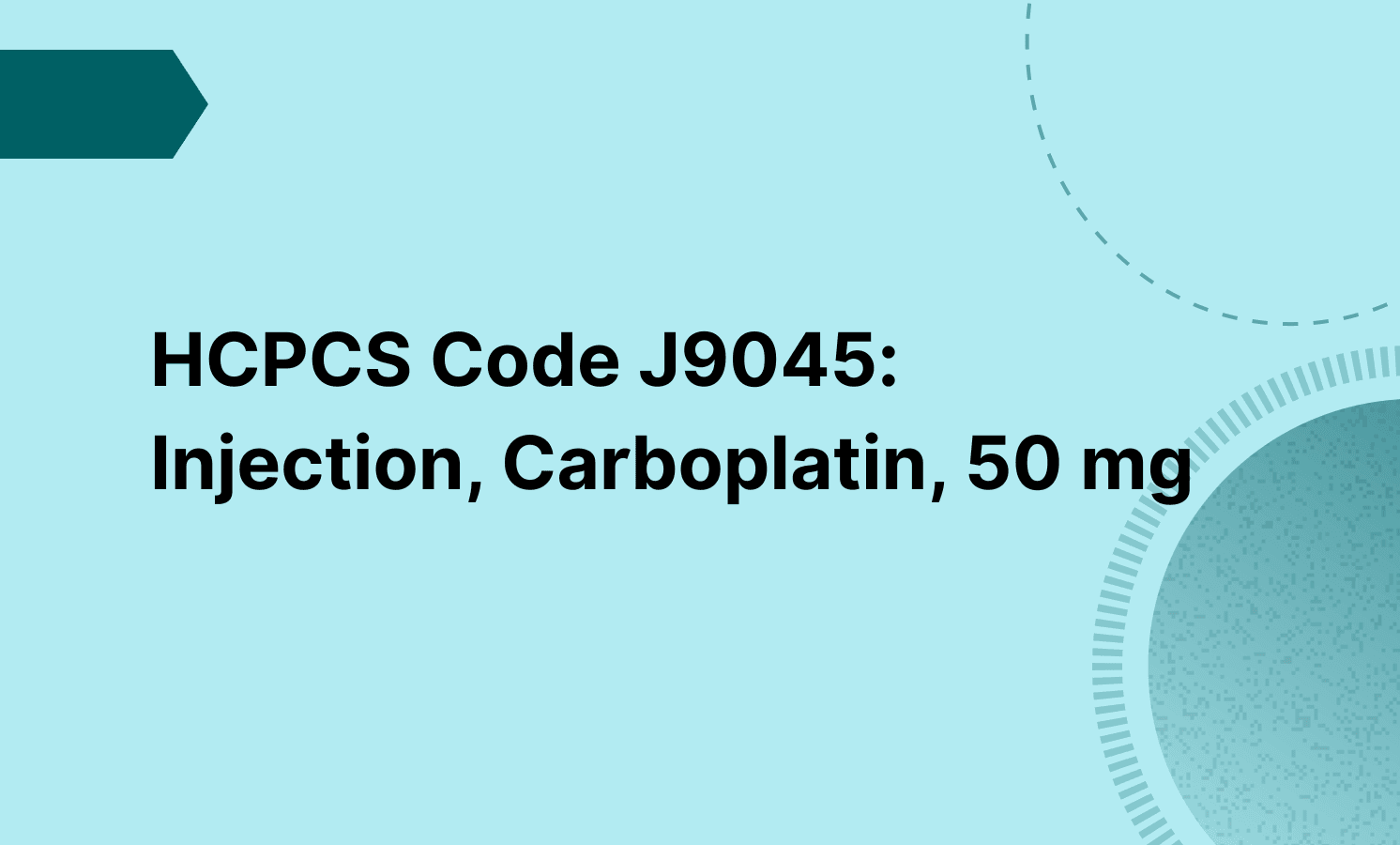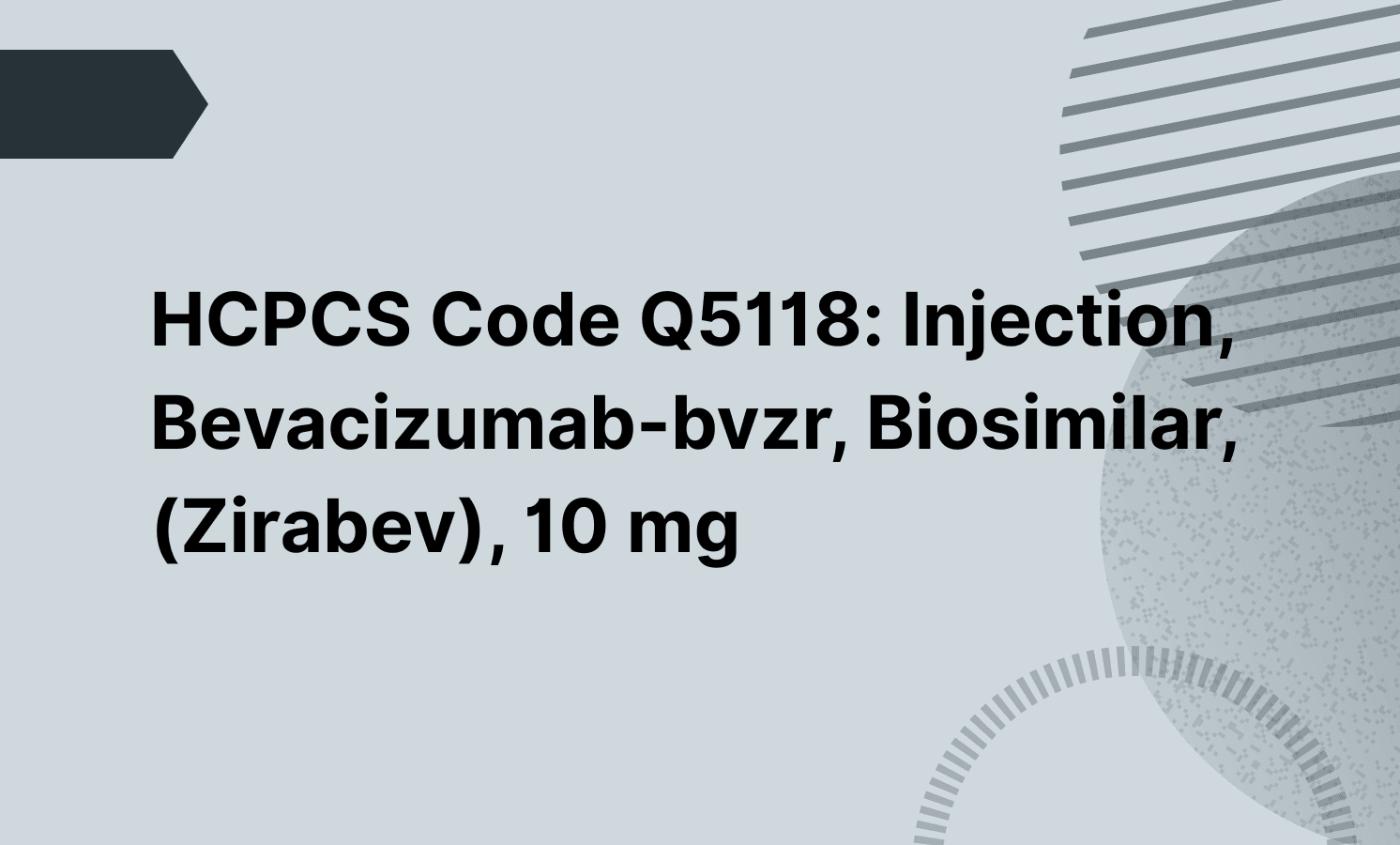CPT code 97530 is used for therapeutic activities involving dynamic, task-oriented movements to improve functional performance in daily life, such as lifting, bending, or reaching. In contrast, CPT code 97110 is for therapeutic exercises, which focus on general strengthening or range of motion, like knee extensions for quadriceps strengthening. Therapeutic activities under 97530 address multiple parameters like strength, coordination, and endurance simultaneously, whereas therapeutic exercises under 97110 typically target isolated muscle groups.
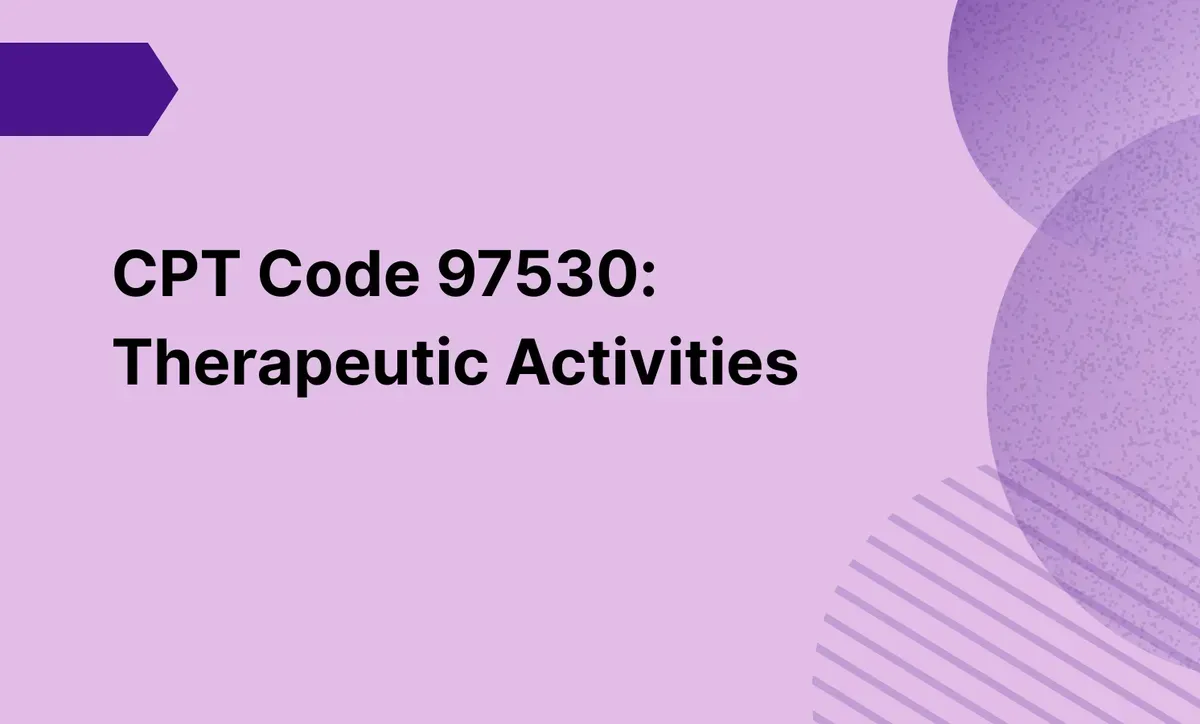
CPT Code 97530: Therapeutic Activities
Learn how to use the 97530 CPT code for therapeutic activities, the requirements, and the billing guidelines for effective coding and processing.
Frequently asked questions
CPT code 97530 can be billed every 15 minutes as it is a time-based code. Each billing increment represents a direct, one-on-one patient contact segment during which the therapist uses dynamic activities to enhance functional performance.
Therapeutic activities qualify under CPT code 97530. They involve dynamic, functional movements designed to improve a patient's mobility, strength, balance, and coordination. These activities are task-specific and simulate real-world scenarios, such as lifting objects, climbing stairs, or transferring from a car, with the goal of enhancing performance in daily life, work, or sports. They must address multiple parameters, like strength and coordination, directly related to a specific real-world task.
EHR and practice management software
Get started for free
*No credit card required
Free
$0/usd
Unlimited clients
Telehealth
1GB of storage
Client portal text
Automated billing and online payments

